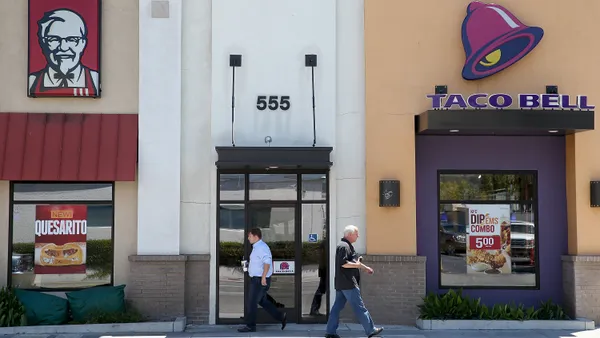The following is a guest post from Dani Nadel, president and COO of Feedvisor. Opinions are the author's own.
The success of the e-commerce industry is unquestionable — global sales are expected to nearly double from $2.8 trillion in 2018 to $4.9 trillion in 2021. For brands and retailers navigating this ecosystem, however, the stakes have never been higher.
E-commerce gave rise to a new breed of digitally native, direct-to-consumer brands whose savvy marketing prowess, unique value propositions and simple path to purchase attract consumers in droves. Competition for audience attention and loyalty is growing more fierce by the day, and consumers now expect a consistent, frictionless shopping journey from one touchpoint to the next.
Brands are eager to deliver the personalized experiences consumers want, on the channels they want. To differentiate themselves, many are experimenting with fresh tactics like voice-assisted shopping, in-app purchases on social platforms like Instagram, and physical pop-up store experiences. Yet, somehow, many brands are still hesitant to embrace one of the most influential tools at their disposal: Amazon.
To thrive in today's customer-driven e-commerce landscape, brands must build agile e-commerce strategies with Amazon at the center.
The reason is simple: Amazon already dominates every stage in the customer journey. In fact, more than two-thirds of consumers typically start their new product search on the platform, and nearly three-fourths go straight there when they are ready to make a purchase. Amazon consistently delivers the seamless experiences consumers expect across every point of engagement, from advertising to product search to purchase.
Shoppers also already expect brands to be on Amazon: more than half of consumers at least occasionally go to Amazon in search of products from specific brands, but less than half strongly agree they are satisfied with the number of familiar brands on the platform. Despite these numbers, why is it that nearly half of brands are not yet selling on Amazon, and more than a quarter believe they never will?
Truthfully, it comes down to fear of the unknown. With news of changing vendor policies, brands in both vendor and seller relationships with Amazon are raising their own set of concerns. While wholesale vendors are concerned about the lack of control they have over their brand voice and pricing, those selling on the third-party marketplace are cautious to enter uncharted territory.
The unknown is intimidating, but instead of resisting Amazon's influence, brands should leverage it to fuel their own success. Amazon is a dynamic marketplace that requires reputation management, agile operations and brand visibility in order to be successful. By creating a holistic, adaptable Amazon strategy, brands can maximize their performance across pricing, inventory, brand management, customer service and more, all while defending their voice and equity.
Advertising is another critical piece of this strategy. Though Amazon's ad platform is not yet as sophisticated as veterans like Google and Facebook, household names like Covergirl, OPI, Kraft, and Pepsi are already using it to successfully reach customers. A recent analysis found that nearly every brand advertising on Amazon sees value in their investment, and that is unlikely to change. Brands are attracted to the platform's inherent ability to connect them with millions of customers discovering, comparing, and considering products at every stage in the purchase process. Also, with Whole Foods, Fire TV and Alexa, brands have the ability to experiment with innovative, multichannel advertising experiences that help generate insights and diversify inbound revenue streams.
With the rise of its advertising and branding services, and the fact that a significant majority of consumers are more likely to buy products from Amazon than other e-commerce sites, brands need to adopt an Amazon-centric strategy.
All of these capabilities demonstrate the urgency to integrate Amazon, and when they are working together can not only lead to untapped profits for brands, but allow them to have a robust presence where their customers of today and tomorrow are — a necessity in an age of e-commerce dictated by the shopper.












